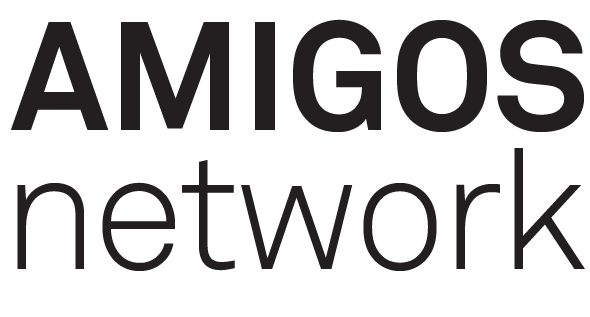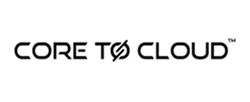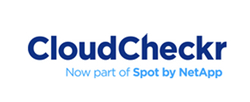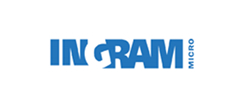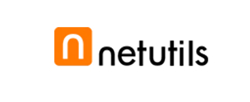Thursday, April 11, 2024 by Shelley Hirst
This week, while in conversation with a knowledgeable sales professional who’s been around a block or two, he proclaimed that both lead generation and demand generation are becoming dirty words in sales-land.
His view was based on the most simple and obvious of metrics – leads. Or the lack of the quality variety. He, and his broad cohort of sales leaders, were continually disappointed with sales pipeline, outcomes and ROI from the very thing that is the lifeblood of every business.
A couple of nights of interrupted sleep (thanks to the cat and his gifts of dead mice) and those middle-of-the-night conversations you have in your head, led me to ponder how real this is and why this could be becoming a “thing”.
Businesses make use of any number of lead gen tactics designed to fix or grow an empty pipeline. These include telemarketing, the purchase of high-intent leads, boosted SEO ratings, social media advertising and outreach to name a few. Some are resourced in-house, but many are bought in from specialists. It's a pretty serious thing if all these things that are meant to be working are being lumped together in the “failure” box.
The case for the cat
On the face of it, most bought-in services have robust models, so the question is, what’s going so wrong for sales folk to be taking such a downbeat view?
Bearing in mind this is a BIG topic in general, I think it boils down to 4 key attributes:
1. Value
2. Visibility
3. Accountability
4. ROI
You need to apply these 4 points across sales and marketing activity as a whole and not just the sum of the parts. Understanding “what comes next” in every action underpins success metrics. Otherwise, how do you judge what’s been successful and what hasn’t?
Not every business has the skills, resources, experience and technology required to measure every digital channel, so measuring performance forensically, can’t take place. Google Analytics or a free version of Hubspot just won't cut it.
Scrutinising people and processes
This can feel uncomfortable, but unless there’s an honest appraisal of points of failure, nothing will ever be fixed. This should never be done with one hand on the axe, but in the spirit of making things better and ultimately building a secure and profitable business for all.
If you're using MDF, ROI can be improved by up to 50%
Leveraging a partner channel is essential for vendors looking to amplify their brand and increase market share, but investing in businesses that can't give them visibility of what's happened to their investment is going to lead to sales frustration.
We hear from vendors all the time that they often find it difficult to justify funding partners because they can't invest in digital programmes. This means they're restricted to activities such as events where it's easier to apply metrics (ROI being questionable).
Given that buyers don't perform to our quarters, lack of insight into partner sales progression can lead to funding frustration when ROI is analysed.
Fixing this will help optimise ROI and brand amplification at the same time.
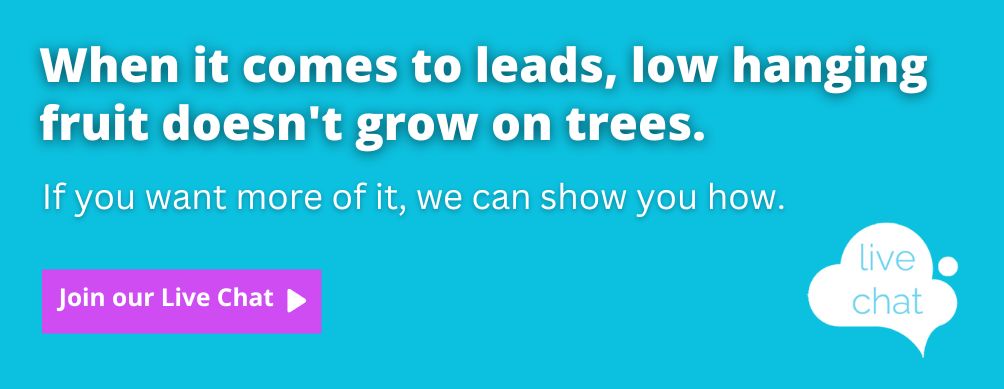
Demand gen, lead gen and nurturing
The next issue is the muddling of terms. There are three very distinct responsibilities:
Marketing – do demand gen. They nurture leads using multiple outreach channels to drive individual records through the engagement funnel to the point of them demonstrating a high intent to buy. If they’re geared up for it, they’re able to automate digital engagement intent markers set up to monitor the process. At the right time, they then pass high-intent leads with a full engagement history to sales to action.
Sales – do lead gen. Using the intelligence supplied for each data record (not just single clicks and definitely never opens as key indicators!) they start the process of building in-person relationships with a prospect. They should be having high-quality conversations - not cold calls - based on prior engagement and intent markers.
Marketing and sales – (should) robustly nurture. Successful businesses realise these processes are intrinsically linked and not siloed as ‘them and us’. Joining them together as one outcome is essential before success or failure of an activity can be identified.
Account Based Marketing (ABM)
The clue is in the title. If you’re practising ABM, you’ll very quickly come to understand that discovering additional people involved in the purchasing decision too late will drastically reduce the chances of a positive outcome, or delay the decision and skew forecast predictions.
For the uninitiated, research tells us that lead conversion probability metrics can dive from 80% down to 55% as soon as another stakeholder is introduced. Every time a new person is discovered it reduces further.
Yet, it’s usually sales that are responsible for building extended account-based lists from individuals passed to them using tools such as Sales Navigator once they've been passed a lead by marketing.
It pays to make all the bases are covered in your data from the get-go and not leave it to sales to figure out at the back end.
Hubspot (or similar) will fix it!
For those that haven’t kept pace with Martech to support the demand and lead gen processes, they’re on the back foot straight away. As a surprising number of businesses don’t even possess a fully-functioning CRM, let alone a call management system for sales teams, they often make the brave decision to invest in a Martech platform in the belief they've fixed the problem.
This is just the tip of the iceberg. Businesses typically use as little as 33% of the features and functionality because they don’t have the skills or resources to progress much further beyond a basic installation. And yet, in our digital world a highly-featured, well-resourced technology stack coupled with staff that know how to develop and use it, should feature high in the list of must-haves, no matter what size of business you run.
Martech in general
Then comes the insight-enhancing extras such as the detection of machine rather than human clicks (vanity leads) that skew performance. There are many more.
Investment in licenses, skills and resources for companies serious about data, compliance, analytics and prospect nurture is very necessary, but often unaffordable.
Accountability
Assuming the individual providers of external services are performing to tight SLAs agreed up front, the problem lies with internal marketing teams, sales teams, or a combination of both.
If you’re now thinking this is an external supplier “passing the buck back to the customer” you’d be very wrong. Without the ability to join up the results from activities – even in the physical space such as events, any supplier service is doomed to be committed to the “underperforming” category.
And if you don’t get performance guarantees from the providers of any external sales services, run like the wind!
The case for the mouse
It's very much alive and kicking. Although, depending on your perspective and to take full advantage of all it has to offer, you may need a shift in mindset and actions.
Join-it-up-or-it-will-fail
Given that in the B2B technology sector as many as 70% - 90% of buyers have already shortlisted suppliers by the time they want to speak with someone, a robust set-up between marketing and sales is essential.
Many companies invest significantly and assigning a big budget at the beginning of the year, whether it’s for internal or external resources. Often they repeat things, knowing the previous outcomes weren't brilliant, but either can't find or afford alternatives.
Just throwing money at it isn’t the answer. Doing it another way could be cheaper. What’s needed is a coherent, joined-up process backed by sufficient martech to support the ambitions of both marketing and sales teams.
Find ways to do it better AND cheaper
Leveraging economies of scale means teams can get everything needed for 21st Century demand creation to be competitive whilst still being in control.
Market Activation™ combines demand gen, lead gen and nurture in a single programme, offering everything needed to manage a buyer’s journey as a fully managed, plug-and-play service.
• SLAs, results and performance guarantees are agreed and guaranteed upfront
• Over 70K IT & Security decision-makers are already engaged
• Everything is provided to create high-intent leads, data, content, systems
• Sales call management tool and CRM integration
• Fixed costs with leads averaging £45 each
The jury’s out
If you're happy because everything's going swimmingly, that's mouse-tastic!
If you think like a cat then we should definitely talk. There is no need to chase your tail as the purr-fect solution is at hand.
References and live demos are available on request, or we can offer a 'light' session to evaluate where your ROI and performance issues lie. Feel free to book a meeting straight into the diary and hope we can chat soon!
Credits: Carlos

Frequently Asked Questions
Market Activation identifies in-market buyers (via intent data, behavioural signals) and immediately engages them with tailored outreach (nurture tracks, one-to-one advisor sessions, community invites).
Demand Engine: Targeted outreach (email, ads, sponsorships) that scores clicks → qualified leads → sales-ready appointments.
Performance Dashboard: Real-time visibility into open rates, CTOR, CPL and lead progression via our online sales portal.
Content Amplification: Thought leadership shared in The Amigos Network drives deeper engagement and social proof.
Peer Validation: Prospects get candid feedback from peers on your solutions, shortening the evaluation cycle.
Pipeline Catalysis: Warm introductions and referral paths within the community fuel high- intent conversations.
- Top-of-Funnel: Build credibility through community content and events.
- Mid-Funnel: Leverage peer case studies, expert Q&As, and live demos to answer deep technical questions.
- Bottom-of-Funnel: Invite high-intent members to advisory councils or private 1:1 sessions, often the final nudge before purchase.
- Interesting content: We originate, curate, and syndicate different types of content we know our audiences want to engage with and tell them it’s there.
- Sponsored content: We use sponsored content to drive engagement with individual brands.
- Promotion: We promote that content via multiple channels such as email, social media, YouTube, and so on.
- Identification: We ingest company-level engagement signals and combine it with known contacts that may be researching key topics.
- Segmentation: Members are bucketed by level of intent (high, medium, low) plus ICP fit and company size.
- Activation: High-intent members receive prioritised community invitations (events, focus groups, product deep-dives) to accelerate deals.
- Purchased data highlights who’s in-market.
- Community engagement reveals what questions they’re asking, so your nurture can be hyper-relevant.
- Result: A 2–3× lift in meeting acceptance and pipeline velocity vs. cold outreach alone.
- Marketing owns the nurture tracks, community invites, educational content, and event promos.
- Sales intervenes only at “high-intent + active community engagement” thresholds, with account-specific demos and peer introductions.
- Outcome: Fewer wasted calls and a higher win rate on truly qualified opportunities.
- Engagement Metrics: Community log-ins, event attendance, content downloads.
- Intent Conversion: % of intent-scored members who join private roundtables or request demos.
- Pipeline Velocity: Time from first community touch to opportunity creation.
- Revenue Impact: Contribution of community-sourced deals to overall bookings.
- Average Weekly Open Rate: 40%
- Average Weekly Click-to-Open Rate: 70%
- Average Cost-per-Lead: £45
- Minimum ROI: 500%
- Average Dwell Times: 1 minute 45 seconds
